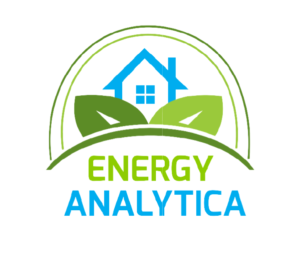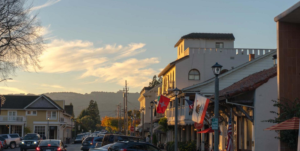Buying local not only puts the money in the local businesses, it also reduces greenhouse gas emissions otherwise produced to transport goods and people. Community Connectivity is a measure that encourages new development to happen close to essential everyday services. This is an elective measure. Please see the code language below.
CALGreen Code Section A5.103.1: Community connectivity.
Where feasible, locate project on a previously developed site within a 1/2-mile radius of at least 10 basic services, readily accessible by pedestrians, including, but not limited to, one each of bank, place of worship, convenience grocery, day care, cleaners, fire station, barber shop, hardware store, laundry, library, medical clinic, dental clinic, senior care facility, park, pharmacy, post office, restaurant (two may be counted), school, supermarket, theater, community center, fitness center, museum or farmers market. Other services may be considered on a case-by-case basis.
Intent:
The intent of this measure is to ensure the reuse of existing locations in developed areas for nonresidential districts to help minimize the impact on undeveloped lands, and local air and water quality, as well as to minimize the greenhouse gas emissions generated from the development of a new site.
Some jurisdictions may have “Special Districts” or zoning that could benefit from these measures. Verify with the local enforcing authority if any special zoning conditions exist prior to implementation of community connectivity for your project.
Compliance Method:
For newly constructed projects only, select a previously developed site with connectivity to the community that can provide pedestrian access to basic services anticipated to be available within a community (examples listed above). In addition, other types of services may be considered on a case-by- case basis, to lend greater flexibility to the site-selection process. Provide a half-mile radius map of the project site area showing the 10 basic services and their proximity to the site, for review and approval.
Enforcement:
Plan intake: The plan reviewer should confirm that the construction documents show the site selection meets the code as listed above.
(Excerpted from ‘Guide to the 2019 California Green Building Standards Code Nonresidential’ – Chapter 5)




